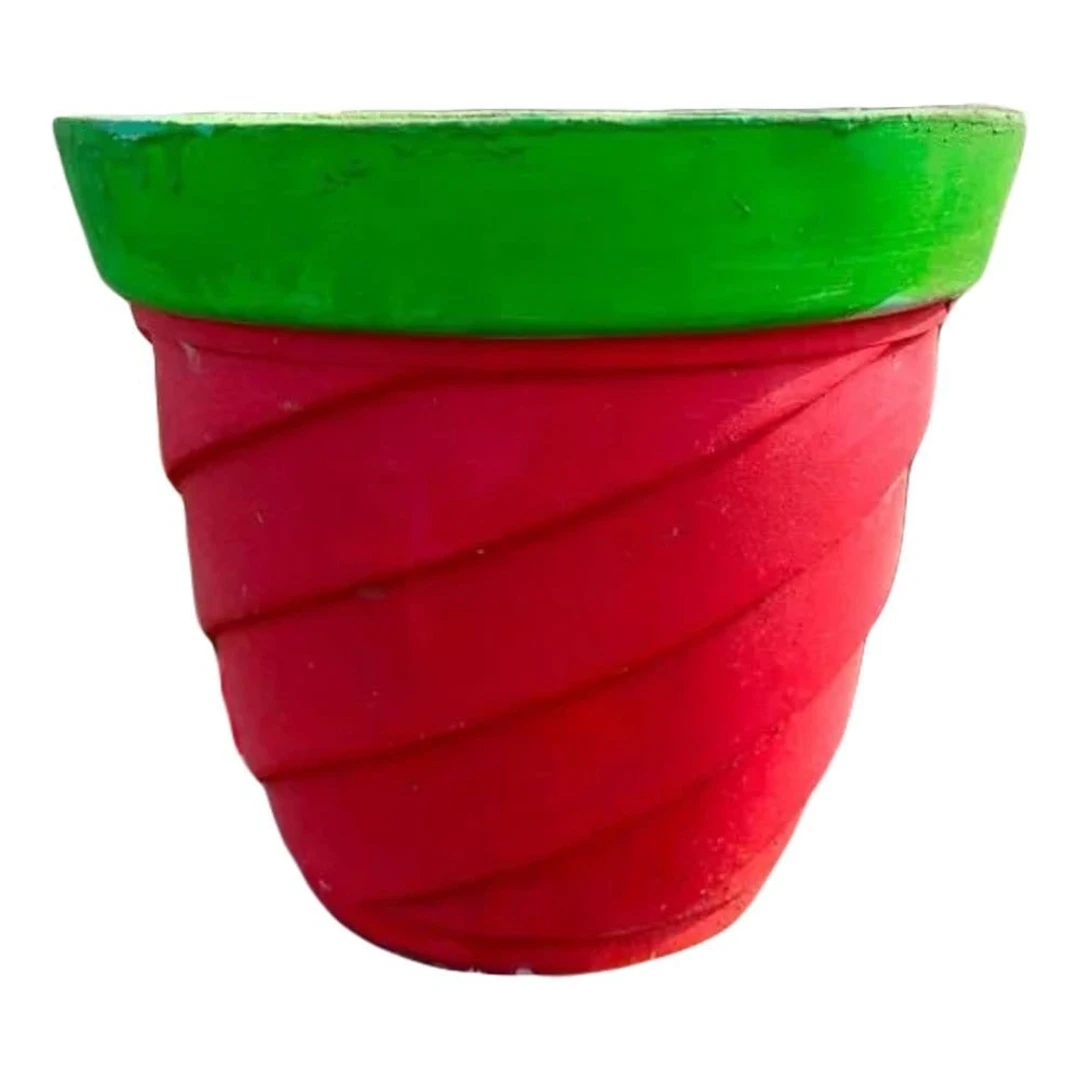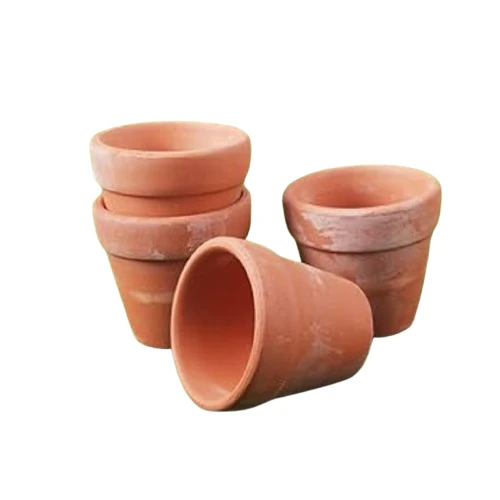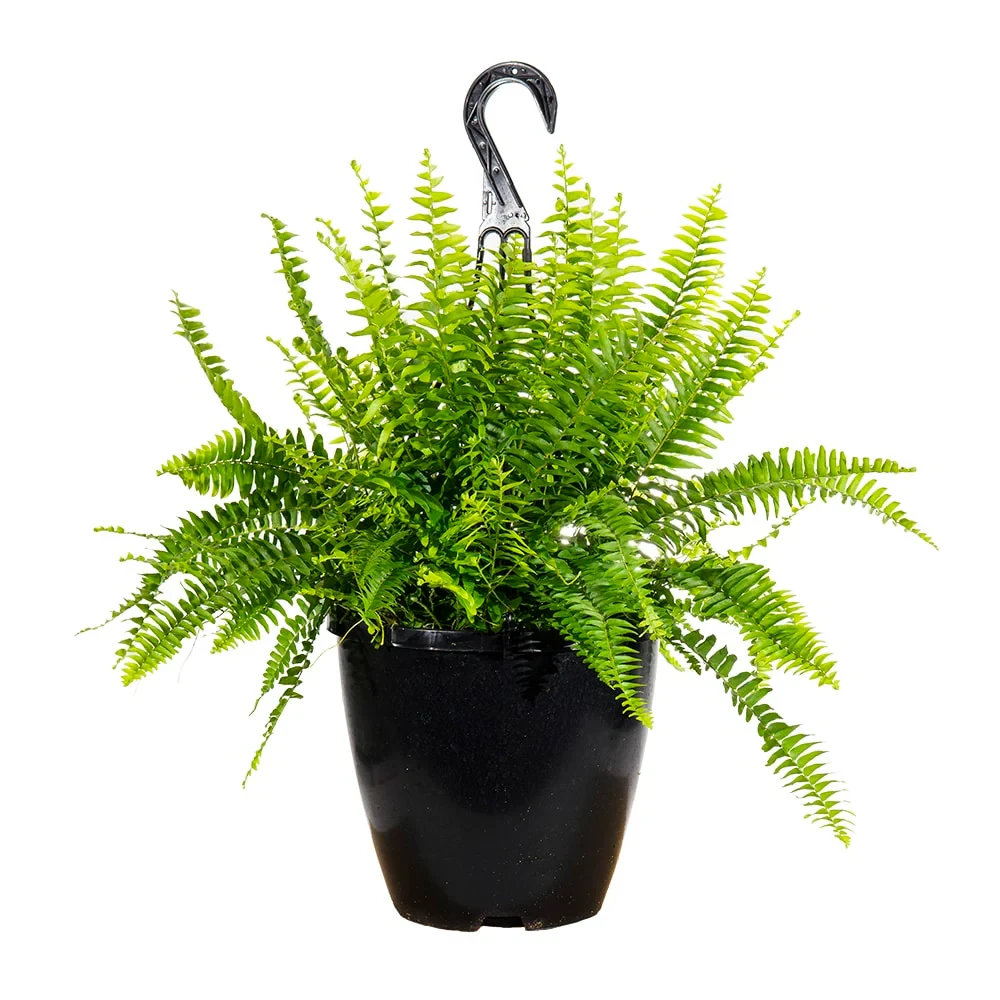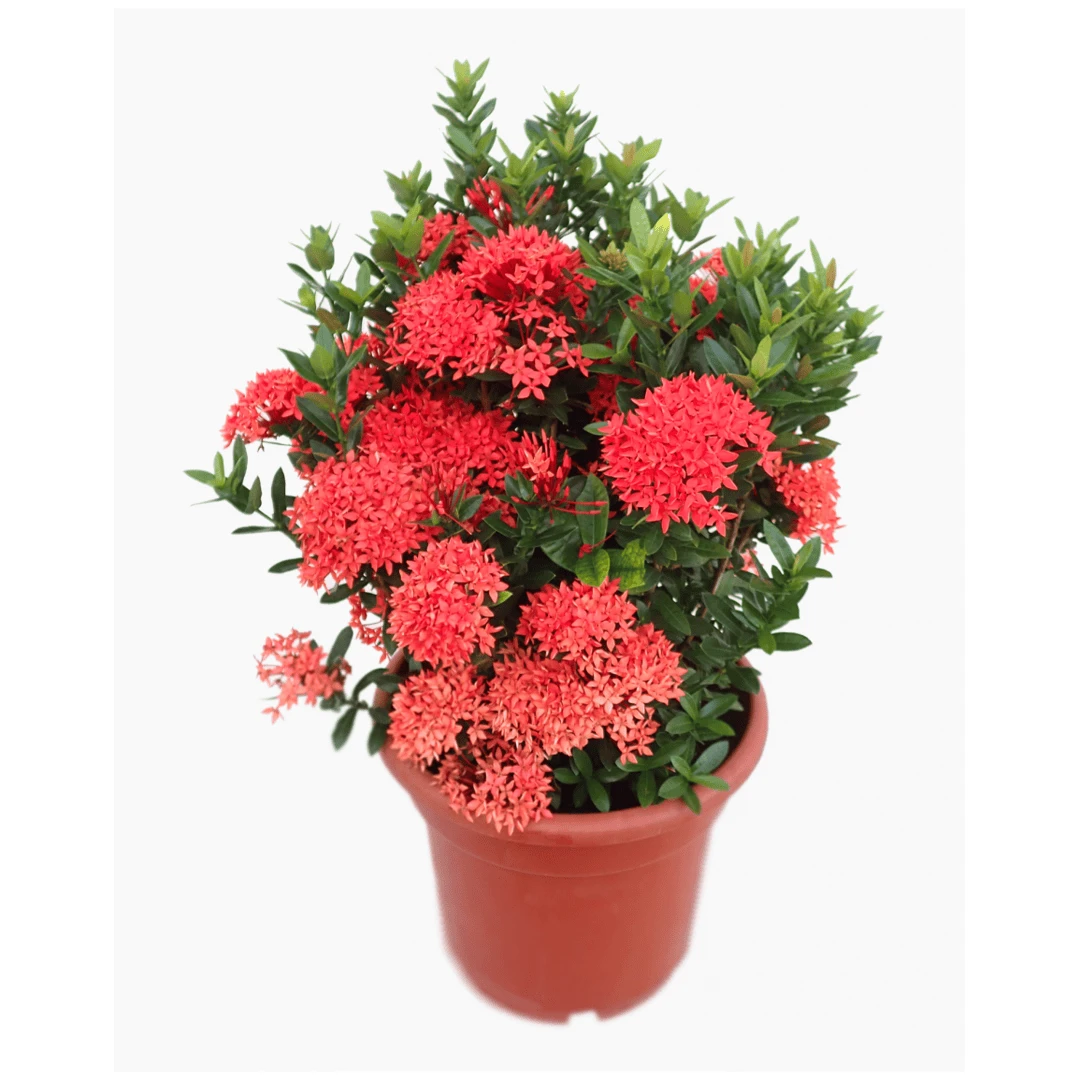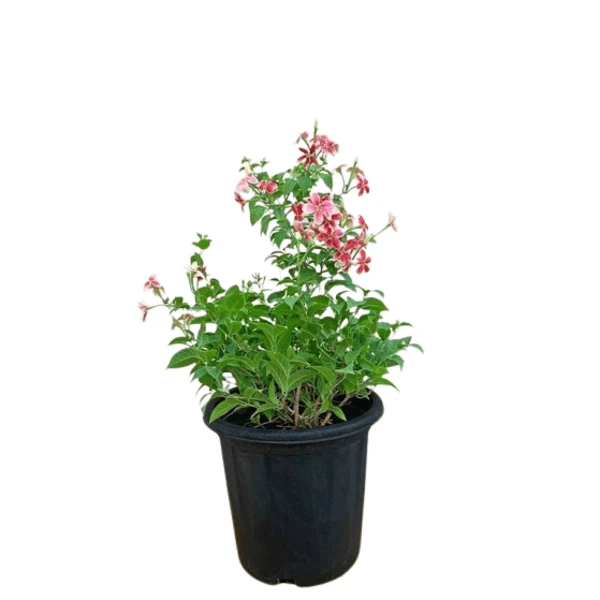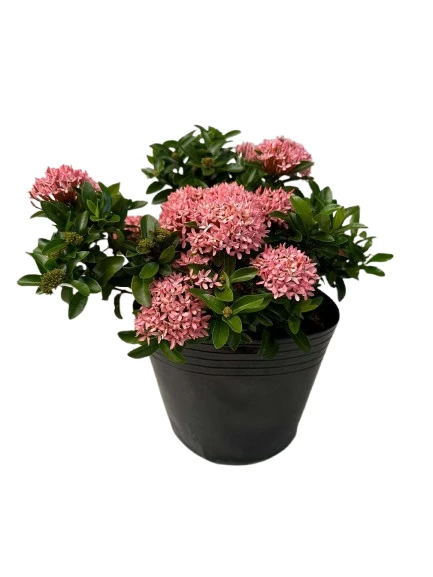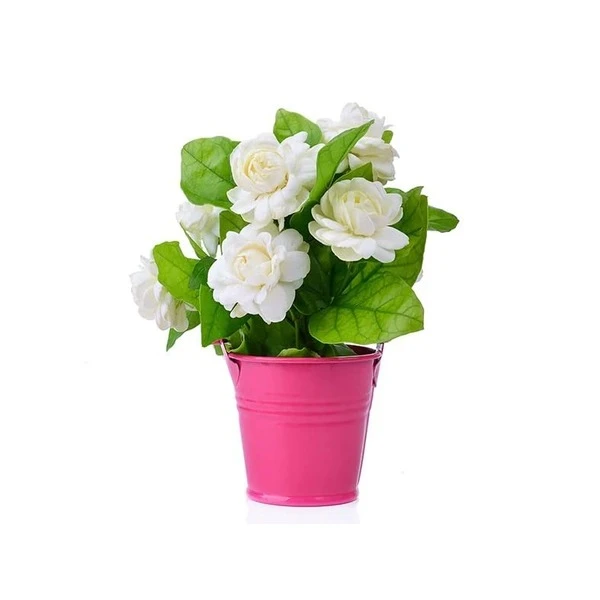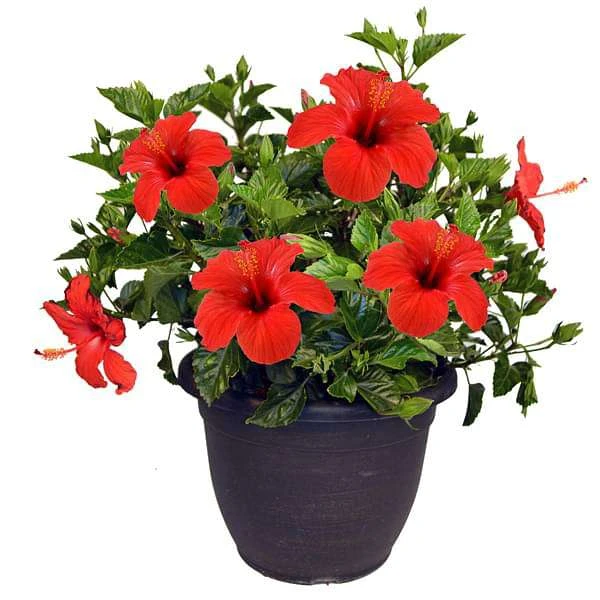The Ficus lyrata, commonly known as the fiddle leaf fig, is a popular houseplant characterized by its large, glossy, violin-shaped leaves. Native to West Africa, it can grow up to 10-15 feet tall in its natural habitat, but typically reaches around 3-6 feet indoors. The plant thrives in bright, indirect light and needs well-draining soil, preferring to be kept consistently moist but not overwatered.
Here's a more detailed description:
Key Features:
Leaves: The most distinctive feature is its large, glossy, leathery leaves that are shaped like a fiddle or a lyre.
Size: While it can grow quite large outdoors, it's commonly grown indoors as a houseplant and typically reaches a height of 3-6 feet.
Light: It prefers bright, indirect light, but can tolerate some direct sunlight.
Watering: Water when the top inch of soil is dry, and avoid overwatering, as they are susceptible to root rot.
Soil: It thrives in well-draining soil.
Humidity: Ficus lyrata prefers warm and humid conditions.
Pruning: Pruning can be done to encourage branching and a fuller appearance.
Fertilizing: Fertilize once a month during the growing season.
Other Names: Ficus lyrata is also known as the banjo fig, fiddle-leaved fig tree, lyre-leaf fig, or lyre-leaved fig tree.
Toxicity: The milky sap of the plant can be toxic to humans and pets if ingested.
Care Tips:
Avoid drafts and air conditioning vents: They prefer warm and humid conditions.
Don't overwater: Overwatering can lead to root rot.
Provide bright, indirect light: While they can tolerate some direct sunlight, avoid harsh afternoon sun.
Maintain consistent watering: Keep the soil consistently moist but not waterlogged.
Consider pruning: Pruning can help control size and encourage branching.













